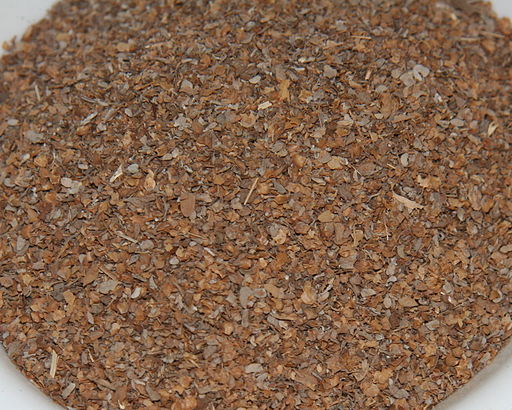Marjoram – Origanum onites (Labiatae)
Appearance:
Marjoram is one of the bushier herb garden plants reaching some 60 cms (2 ft) in height. Marjorams have a pleasant and distinct aroma. Pot marjoram is somewhat stronger and it is one of the most popular of the cultivated herbs, flourishing in temperate climates. Flowers are pink and white in summer.
Usage:
Flowers and leaves can be used for potpourris. A favourite culinary herb with many uses in stews, soups and stuffings.
History:
Many people get confused about marjoram. Before the Second World war common marjoram (O. vulgara), red—stemmed perennial herb garden plants which spread by means of small rhizomes were dubbed wild marjoram in most American cookbooks. Modern cookbooks refer to it as Oregano. To compound this confusion, some Southern states refer to unrelated herb garden plants as marjoram. Look at the picture to be sure.
Sweet or marjoram is a native of North Africa. It likes temperate climates: in Summer it has purple/blue flowers mixed in with leaves ballooning at the stem tips. The the untidy knotted appearance gives it the nickname of knotted marjoram. Widely regarded as the best flavour for cooking.
Cultivation:
Pot or wild marjoram grows well from seed sown in spring, summer cuttings or root division in autumn (fall). Sweet marjoram needs to be treated as a half hardy annual.
All kinds of marjoram herb garden plants can be started by sowing indoors or in cold frames early in spring, and are ready to transfer when the thermometer reads around 10deg C. or 50deg F.
Harvesting:
Pick straight off the stems. All marjoram home herb garden plants dry well for winter use.
The Author:
Pete Steel has grown herbs for 25 years in several different climates and soils.
